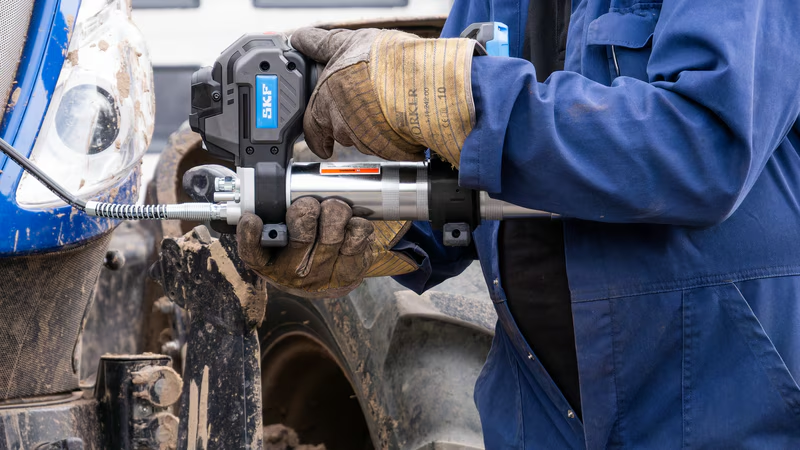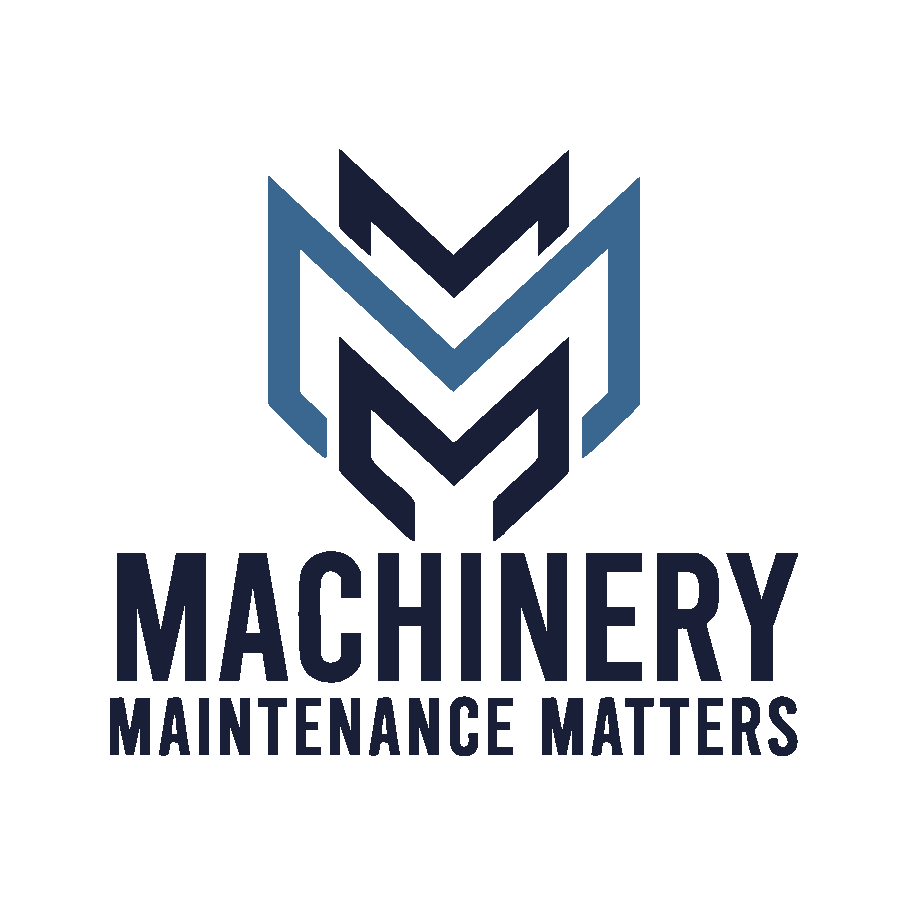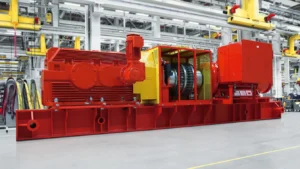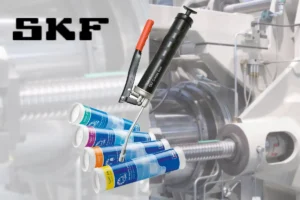Manual lubrication often leads to under-greasing or over-greasing, both of which can cause bearing failure and unplanned downtime of mission-critical equipment at peak production. The impact goes further: lost revenue and a direct hit to the balance sheet. Is this an additional burden African heavy industry can bear in the current environment?
By Jimmy Swira
I have been privileged to visit workshops in Southern Africa in heavy industry – some of them belonging to multinational corporations, others to small to medium-sized enterprises punching above their weight. There, I have witnessed technicians manually applying excess grease to big bearings – so excessive that some would drip to the floor.
If that were not enough, in some cases, a heavily stained 2-litre empty plastic bottle of Coke served as a tool of choice. Multipurpose, it could also be used as a container – often left unsealed and exposed to dust and moisture.
I bring this to the attention of Eddie Martens, Product Manager for Maintenance Products at SKF South Africa. He wonders why this practice – or rather malpractice – should be tolerated in the first place.
I can imagine what is going on in Eddie’s mind, knowing him as a tireless advocate for best practice in lubrication. Fireworks of correction, I guess!
Manual limitations
Martens acknowledges that manual application might have served the purpose well in the industry in the past when better options were limited, or not available. Nonetheless, given the wide range of options technology has brought to modern industry, it is not the most advisable method to stick with the traditional method.
“I have to admit, I have done it myself. Let’s be honest, it is a messy process, and the risk of contamination is high,” he says.
More is not better
Then, this brings to light the most critical question: Is the correct amount of lubricant applied?
Martens’ apt response: “For starters, over-lubrication is never a good thing. Applying too much grease can prevent the bearing’s rolling elements from rolling properly. Instead, they begin to slide, which increases friction between surfaces.”
And it only gets worse, he adds.
Over time, the ensuing friction leads to wear and, ultimately, bearing failure. Also, excess grease can attract contaminants, compounding the problem. In short, in lubrication, contrary to a popular misconception, more is not better.
Proper lubrication
What’s the proper approach then?
“Go back to basics,” says Martens, suggesting the following essential steps to achieve proper lubrication:
• Calculating the correct amount of lubricant needed at start-up.
• Applying using the right tools, such as grease packers, grease meters, or a calibrated grease gun (as shown in the accompanying poster).
He assures: “By following these steps, you can be confident that your bearings are receiving the right amount of lubrication. The cardinal rule is: No more, No less.”

The proper way – Grease being pumped into the lubrication point (Image credits: SKF South Africa).
Industry self-introspection
For sure, now is the time for self-introspection among heads of reliability and maintenance in industry.
Organisations should know and do better. Is sticking to manual lubrication the best they can do? Is that how far they can go to cut costs?
Manic cost-cutting can only lead to failure of bearings, which results in downtime, then loss of productivity. Unavoidably, this could culminate in huge unplanned replacement and repair costs, and loss of revenue due to downtime. This could offset any envisaged cost savings. A costly gamble, not worth half the effort!








Pingback: The Environmental Benefits of Correct Lubrication Storage – Machinery Maintenance Matters